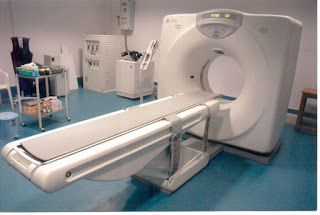Journal Club Summary 
Methodology: 4/5
Usefulness: 2/5
Litt HI, Gatsonis C, Snyder B, Singh H, Miller CD, Entrikin DW, Leaming JM, Gavin LJ, Pacella CB, Hollander JE.
New England Journal of Medicine, 2012 Apr 12;366(15):1393-403.
This multi-centre, randomized, controlled trial comparing Cardiac CT Angiography (CCTA) to traditional care in low-to-intermediate-risk patients with possible acute coronary syndrome demonstrated no difference in death or myocardial infarction at 30 days, but showed a reduction in length-of-stay and a greater proportion of patients discharged from the ED in the CCTA group. Despite strong methodology, journal club participants were concerned that more widespread use of CCTA may lead to greater downstream investigations and cumulative radiation dose without a reduction in overall costs or safety benefit; findings observed in the ROMICAT II study.
By: Dr. Warren Cheung
(Presented December 2012)
Epi Lesson: Loss to Follow-Up
Evaluating loss to follow-up is a helpful tool when assessing RCT validity as it provides the reader with a sense of the integrity of the estimated difference in primary outcome. As a general rule of thumb, any loss to follow-up greater than 20% should lead the reader to become concerned about resulting bias of the main result. The reader should ask themselves: if all the patients who were lost to follow-up had the worst possible outcome, to what degree would this influence the statistical and clinical significance of the main result
By: Dr. Lisa Calder
By: Dr. Lisa Calder
